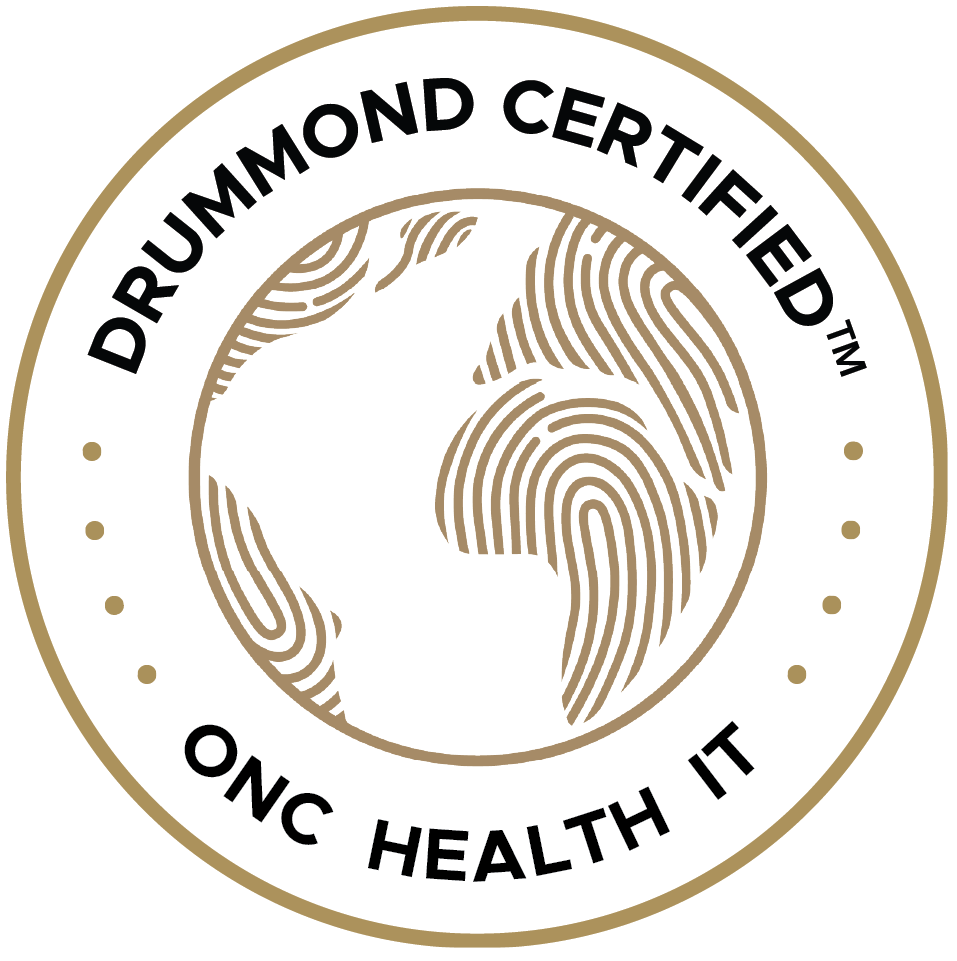gvgray
A multidisciplinary group of mental health clinicians in Oregon has formed the first mental health Independent Practice Association (IPA) in the country. The IPA is designed to maximize clinician autonomy while enabling them to participate in health care reform–but as private practitioners, not as employees or contract workers. The organization that spearheaded this effort is the AMHA-USA (www.americanmentalhealth.com)
Health care reform introduces data analytic requirements that are difficult, if not impossible, to meet with traditional payer panels composed of individual private practitioners. As a result payers look for large groups, hospitals, and clinics where there is one point of accountability, where management can be handed off to the contracting group, and where systems are in place for big data analytics.
Of course, clinicians can become employees or contract workers for such groups, but the Oregon clinicians were looking for more autonomy and control. The IPA model has been around for decades but until now has been the exclusive preserve of physicians in private practice. Like the group model, the IPA model provides one point of accountability for contracting, enables management to be devolved to the members, and can deliver data.
The clinicians own the IPA and the the governing board is drawn from their ranks. IPA clinicians maintain their own offices, submit their own claims, and they can opt in or out of contracts negotiated by the IPA.
The challenge the Oregon folks faced in building the IPA infrastucture was considerable. The organizational tasks included setting up a board, incorporation, bylaws, provider agreements, bank accounts, member recruitment, marketing, contracting, and establishing policies and procedures. (For those interested, AMHA-USA offers IPA in a Box which is a complete starter kit including forms, etc).
To meet the data analytic challenge the IPA agreed to adopt a standard set of clinical protocols—intakes, progress notes, etc– from which data could be extracted for reporting. They also agreed on using one EHR (CarePaths eRecord) that enables automatic capture of clinical, demographic and claims data. The system then de-identifies the dataset required and transmits it to an analytics engine that creates the necessary reports.
So how has this new endeavour worked out? The Oregon folks have garnered two contracts with large multi-state insurers, enabling clinicians to become providers to hitherto closed networks. The contract increases reimbursements by 15 to 35% with further increases in outgoing years.
While it is too early to say if this model is a silver bullet for clinicians wishing to remain in private practice, it is certainly promising.









